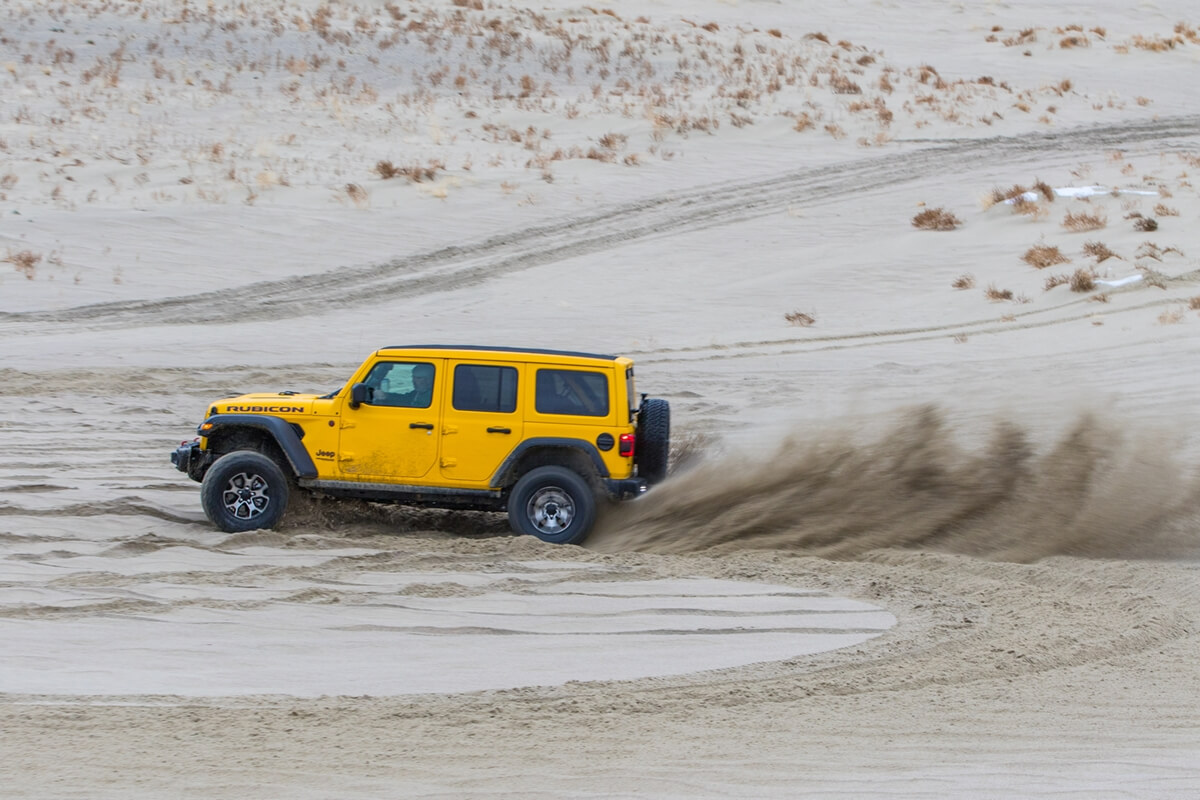
Photography by Harry Wagner
Which is better, independent front suspension (IFS) or a solid front axle? It is a debate as old as time itself, and it may never be resolved, but that doesn’t mean that we won’t try. The truth is that both have their advantages, and their disadvantages, depending on the circumstances. The only common 4x4s left offering a solid front axle in 2023 are the Jeep Wrangler, Ford Super Duty, and Ram HD trucks. Everything else, from Ford Broncos to Toyota Tacomas and 4Runners, uses independent front suspension.
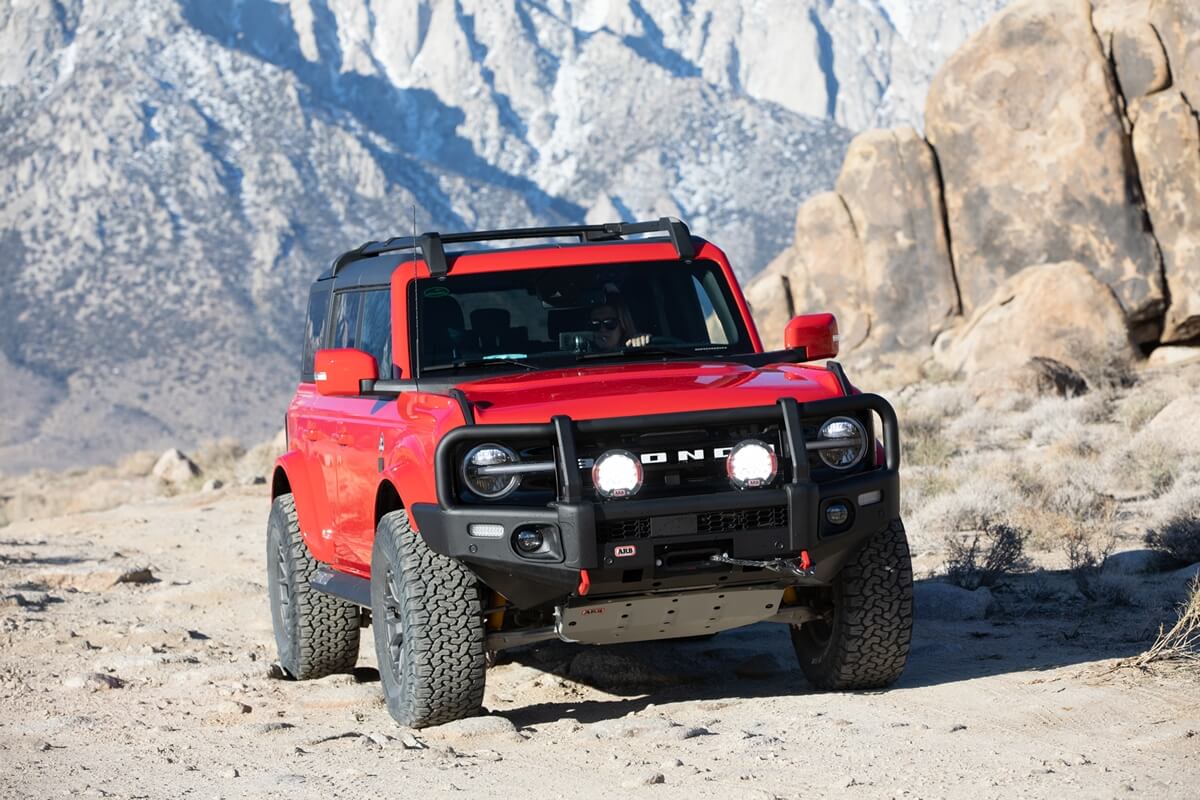
When Ford brought the Bronco back after a 25 year absence, there were many similarities with the Wrangler, including a removable top, low gearing, and optional locking differentials. Ford opted for independent front suspension though, noting that the ride quality made the vehicle more appealing to the masses.
IFS Advantages
Independent front suspension uses a differential fixed to the chassis with constant velocity (CV) joints that connect the axle shafts to the knuckles. This configuration is fairly standard in all modern cars, SUVs, and most trucks. As a tire contacts an obstacle, the upper and lower control arms pivot to absorb the impact, which is only minimally transferred through the rest of the chassis. This makes for a better ride in day to day driving when compared to a solid front axle, and, all else being equal, allows the vehicle to comfortably travel at higher rates of speed off-road. There is a reason every truck and buggy in desert racing uses independent front suspension (unless prohibited by class rules).

As illustrated in this photo, as the driver tire lifts up against the terrain it pushes down on the passenger side, providing traction at that corner and keeping the chassis level. This is one of the reasons that a solid front axle is preferable for rockcrawling.
Solid Axle Advantages
As the name implies, a solid axle is a beam that spans across the vehicle and is connected to the chassis with links to locate the axle. The Jeep Wrangler is the last commonly available SUV on the market with a solid front axle. The Mercedes G-Class also comes with a solid front axle but starts at $139,000. New solid axle trucks include the Ram HD pickups and Ford Super Duty line, but there are plenty of older solid axle vehicles from FJ40 Land Cruisers to Jeep Cherokee XJs. These vehicles use a u-joint to allow the wheels to steer, but that joint doesn’t have to account for the up and down movement of the suspension so it is not subjected to nearly as high of loads as in the case of IFS. In technical terrain, a solid axle is less likely to hang a tire in the air since the weight is transferred from one side to the other when an obstacle is encountered. This helps at low speed but tends to hinder at high speed. Solid axles generally transfer an impact at one corner through the entire chassis, although we have noted that if you have a vehicle such as a Jeep Wrangler Rubicon with a selectable sway bar, disconnecting the sway bar lessens this effect.
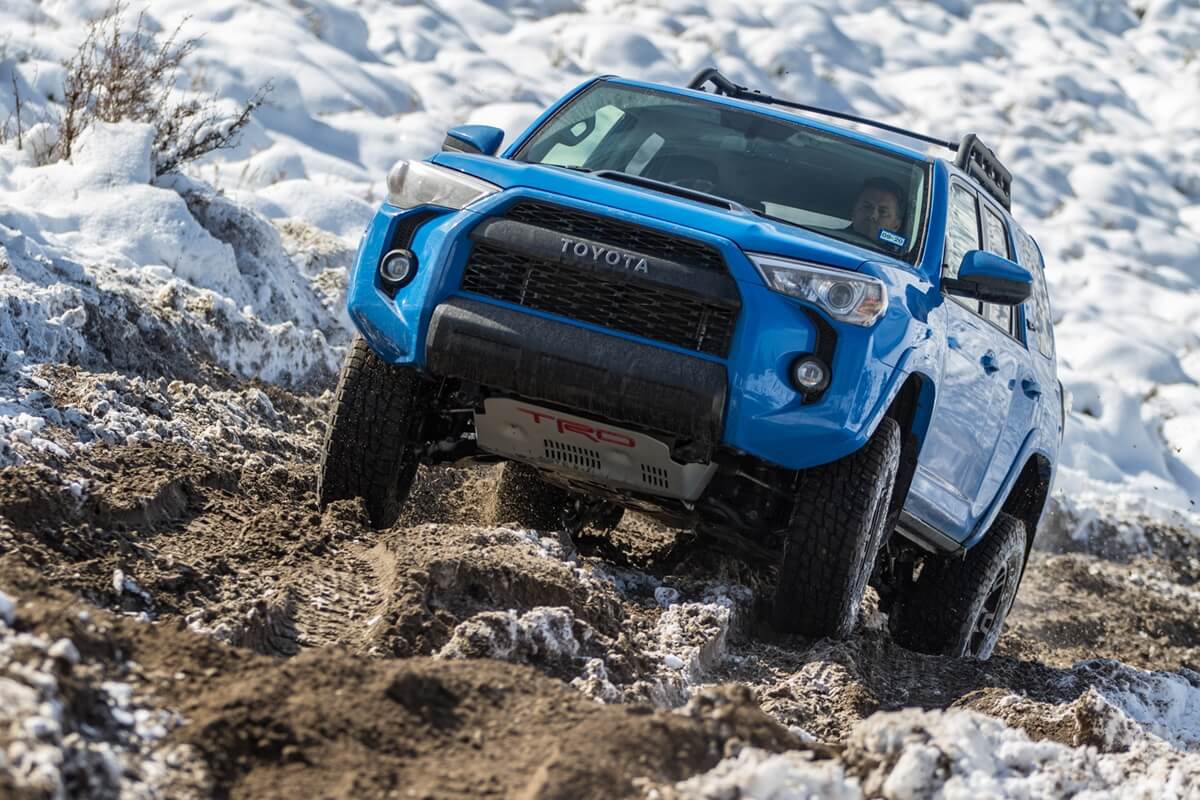
In shallow snow, like pictured here, we find that independent front suspension is an advantage due to the added ground clearance in front. When the snow gets so deep that it reaches the skidplate, IFS tends to float and the front tires hang in the air with minimal contact pressure to keep you moving forward.
Lifting IFS
Early suspensions, such as those used by GM and Toyota, used a torsion bar from the frame to the lower control arm to set ride height and control suspension travel. More common though now is a coilover strut, such as those found on Ford Broncos, Toyota Tacomas, and Toyota 4Runners. A variety of spring rates are available from the aftermarket to account for things like heavy duty bumpers, winches, and engine swaps. The use of a strut also makes it much easier to add a small amount of lift (generally up to 2.5 inches) before the CV axles are at too steep of an angle at ride height. Beyond that, a subframe lift that lowers the front differential and uses taller knuckles to span the distance between the lower and upper control arms is required. Extended travel coilovers can be used with aftermarket upper control arms, such as those offered by Pro Comp and 4WP, to gain extra wheel travel as a result of ball joints that provide a wider range of motion than the factory ball joints in the stock upper control arms.
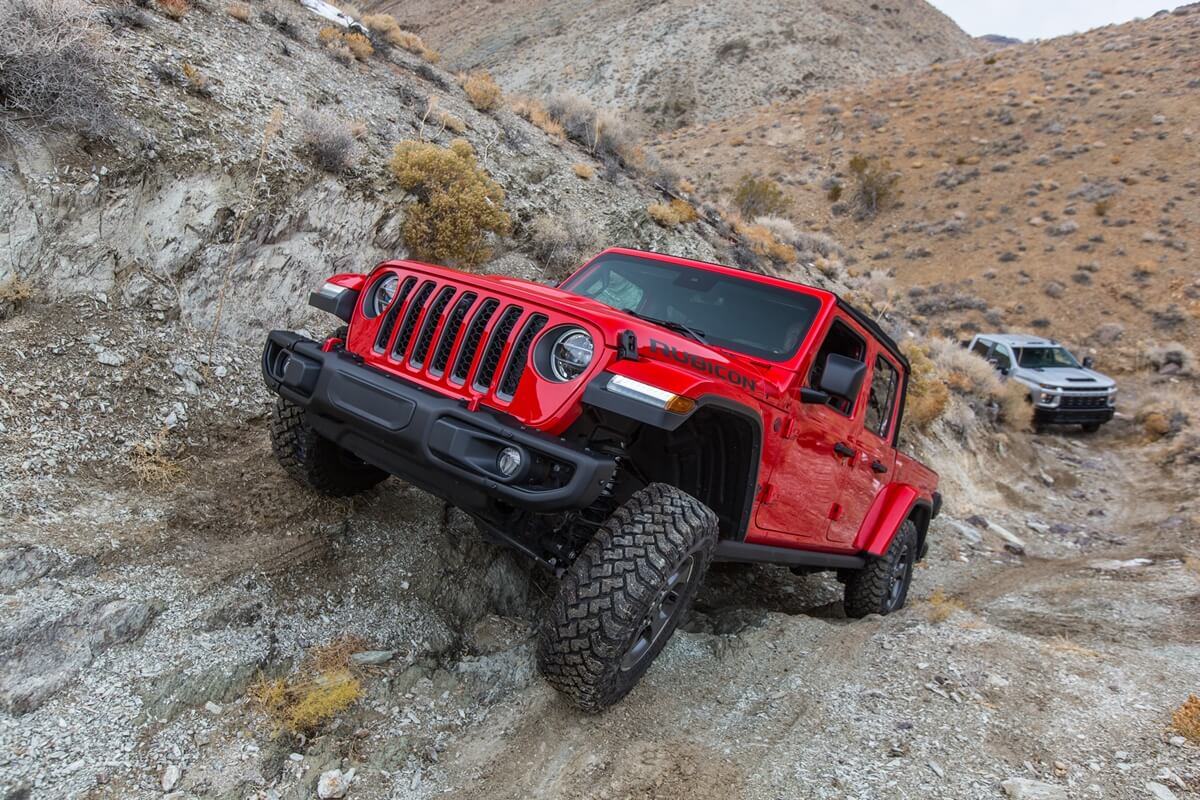
Like the Wrangler in the SUV segment, the Jeep Gladiator is the only midsize pickup to offer a solid front axle. Given the similarities with the Wrangler, the Gladiator provides similar ride quality and capability. The main difference in this case is not the suspension, but the added wheelbase, which provides a smoother ride and added stability but at the expense of trail prowess, particularly in tight, technical terrain.
Lifting A Solid Axle
The simplest solid axles use leaf springs to locate the axle, and lifting them is simply a matter of replacing the relatively inexpensive leaf springs and adding the appropriate length shocks, but leaf springs haven’t been used on the front of any 4×4 in over a decade. Coil springs and multi-link suspensions are now the norm, as found on the current Jeep Wrangler JL. You can lift these vehicles higher, and more easily, than an IFS vehicle since the change in angle occurs between the transfer case and the axle rather than the shorter distance from the differential to the knuckle. Adjustable control arms are recommended to ensure proper driveline and caster when lifting a solid axle; they are included with most quality lift kits. Longer than stock control arms are even available to minimize the change in angle that occurs as the suspension cycles.
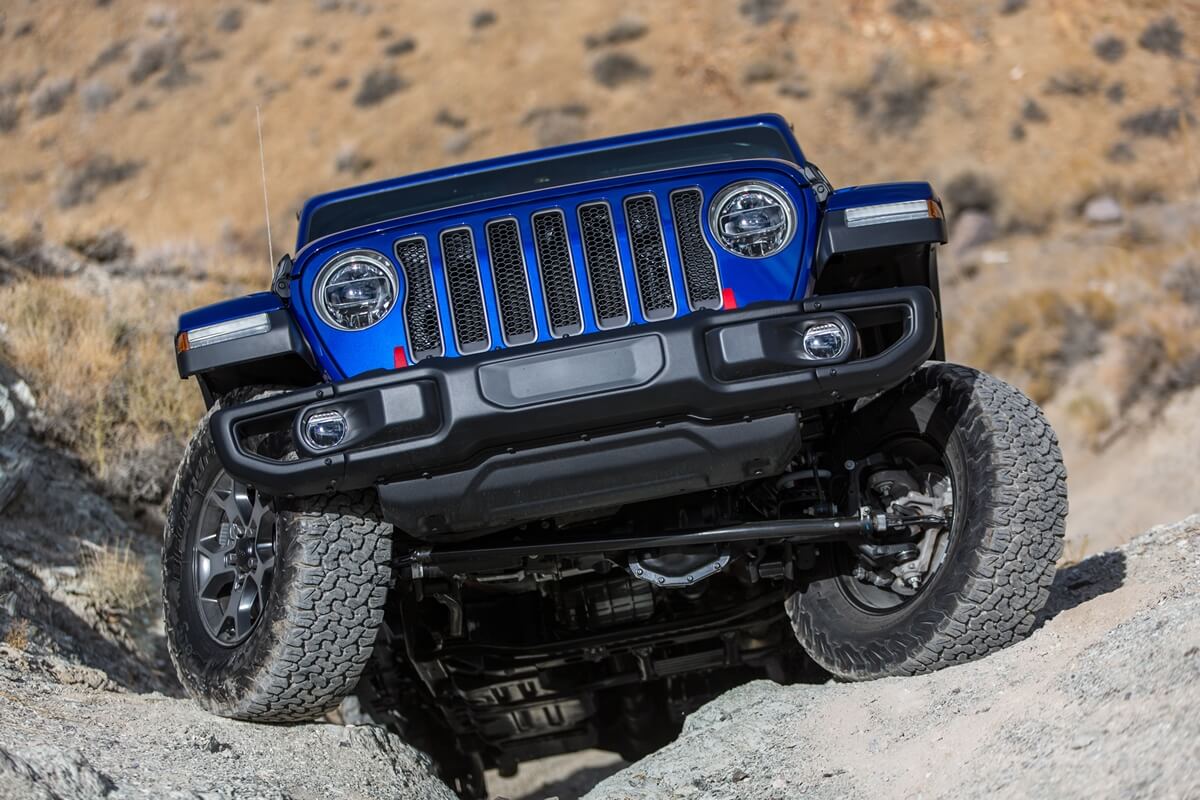
A solid axle lends itself to sharper steering, which can be an advantage on tight trails. The components used on a solid axle are also generally larger and easier to service when compared to an IFS steering rack and tie rod ends. The tradeoff is that the low hanging tie rod can become damaged by rocks and other obstacles.
Steering Considerations
Another distinction between IFS and solid front axles is the steering components that are used. IFS generally uses a steering rack that is fixed to the frame and has tie rod ends that run from the rack to each knuckle. As you lift the vehicle, the angle between the rack and the knuckle increases, requiring the tie rod ends to operate at a steeper angle. This results in accelerated wear and a slight loss of strength. With big tires and IFS, we have seen the entire rack move, so polyurethane bushings are a recommended upgrade.
Solid axle vehicles generally use a steering box affixed to the driver side of the chassis. This box uses a pitman arm connected to a drag link that runs from the box to the passenger side steering knuckle. Then a tie rod links to the two steering knuckles together. These components are very robust, but even stronger components can be added if running larger than stock tires in technical terrain. Thicker tie rods, upgraded steering boxes, and even hydraulic assist steering are all options if you have a solid axle. Note that as you lift a solid axle vehicle, the angle of the drag link increases. This angle must match the angle of the front track bar, otherwise bump steer will result. Bump steer is a condition that is unique to solid front axles where the angle of steering wheel (and tires) changes when traveling over uneven terrain as the suspension cycles.
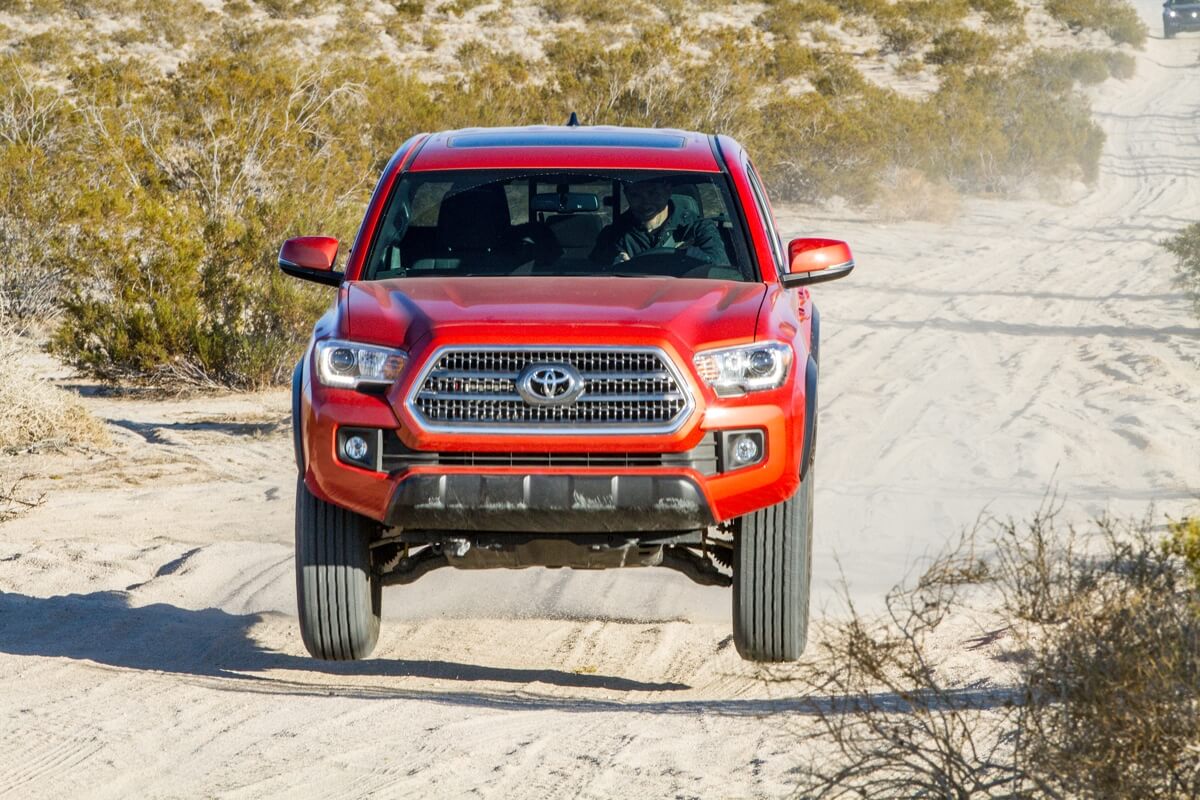
If air time is in your future, we recommended buying a vehicle with independent front suspension and upgrading to high quality 2.5-inch diameter shocks like Pro Comp’s VST coilovers. You can jump Jeep Wranglers too, but we wouldn’t suggest it without trussing your front axle to prevent it from bending due to harsh landings.
So Which Is Better?
Which front axle and suspension is better will ultimately come down to how you use your vehicle. If you plan to drive your 4×4 daily, or like to go fast off-road, we recommend independent front suspension. However if rockcrawling or big (think 40-inch tall) tires are in your future, a solid axle makes more sense.













2